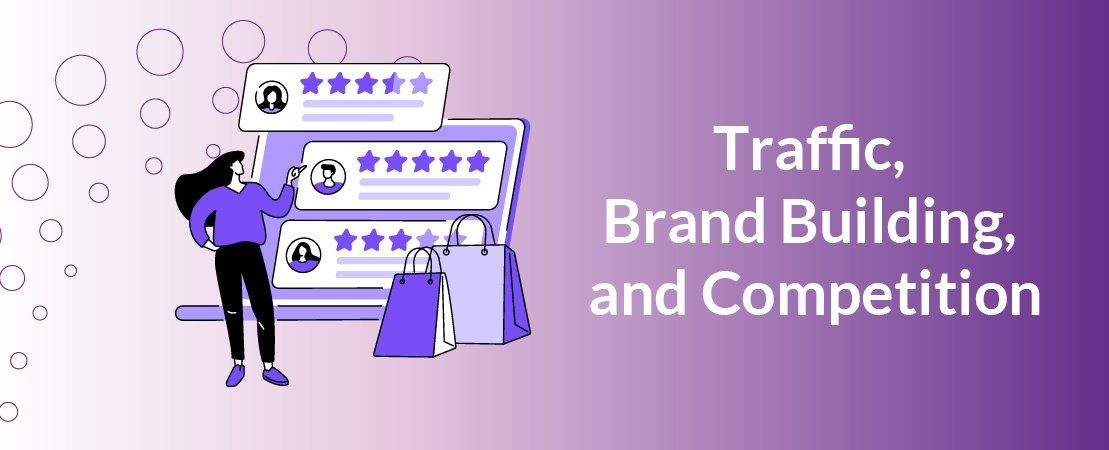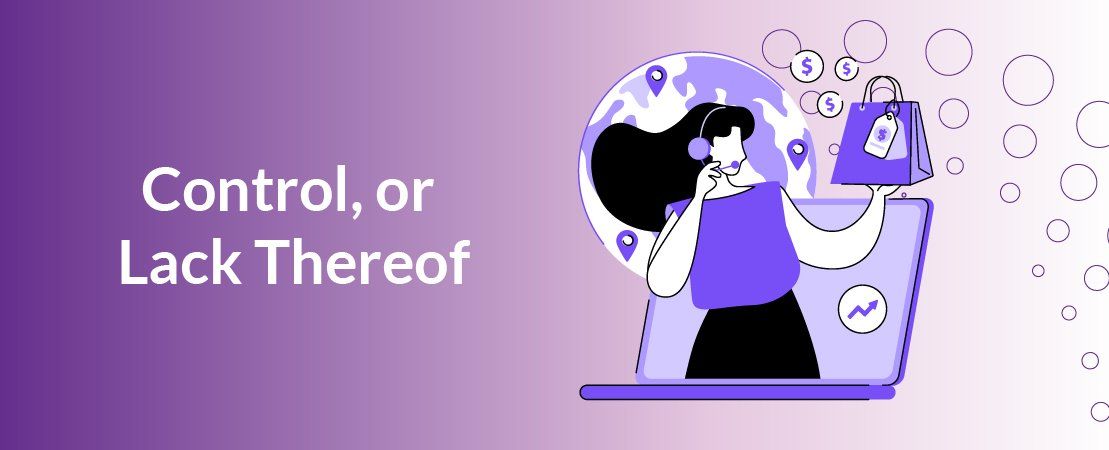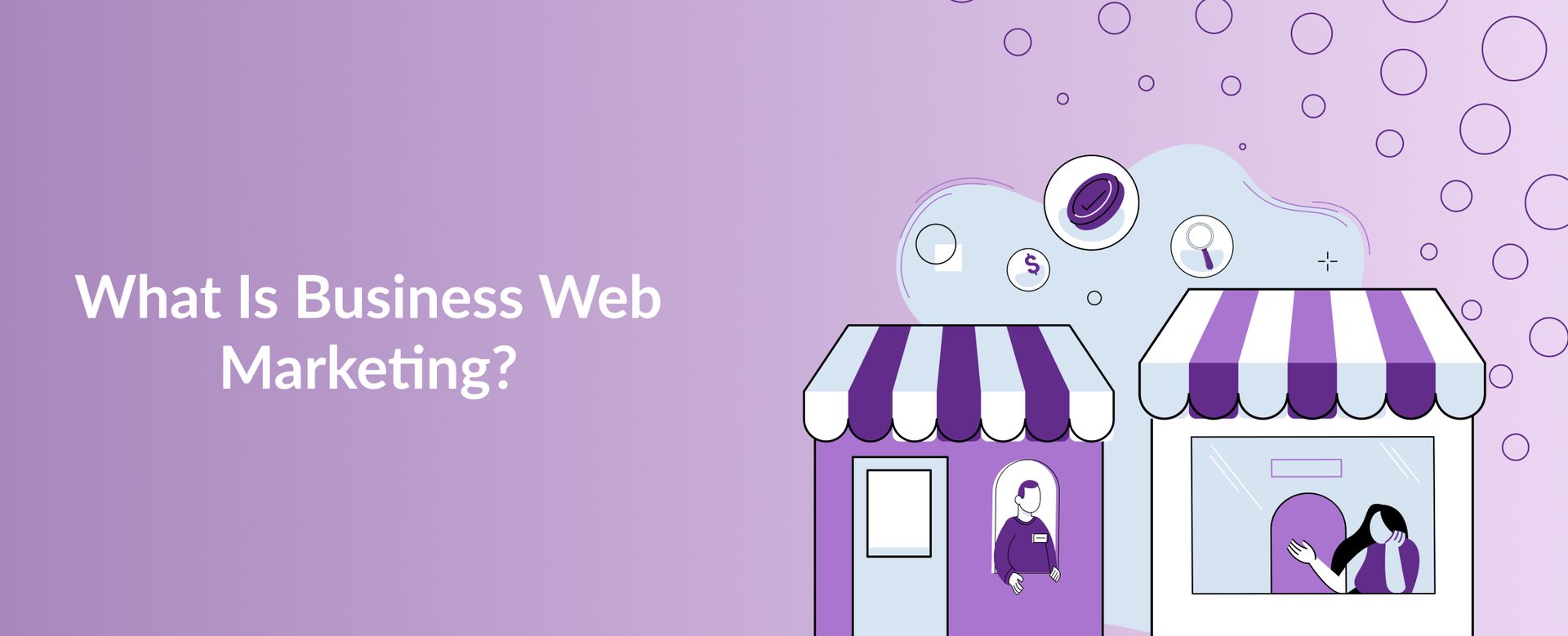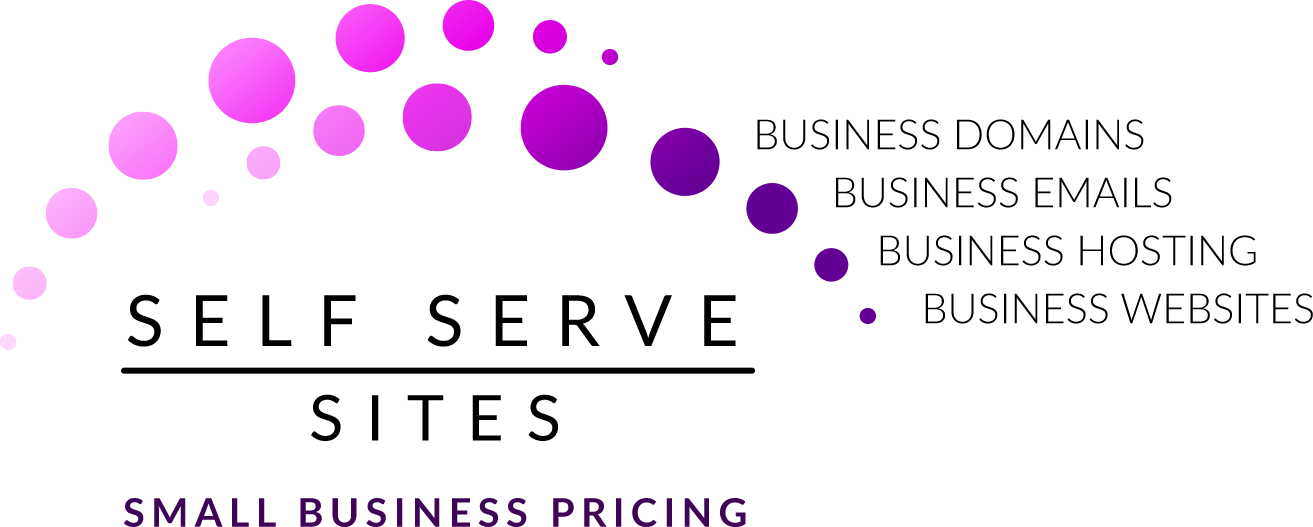Digital Marketplaces vs. Online Stores
If you’re looking to sell products online, you have two options to go about it, joining a
digital marketplace, or building your own
Ecommerce store. What’s the difference? Quite a few things actually, which we’ll discover as we explore the pros and cons of each approach to determine which one you should be using.

A Quick Refresher
If you’re not super familiar with the terms we’re referring to here, let’s recap real quick.
A Digital Marketplace is a website that plays host to a variety of sellers, offering one common platform where many different brands and businesses can be found. Examples include ebay, Amazon, and Etsy.
When we discuss an Ecommerce store here, we’re referring to an online store built and run exclusively by a single brand. Examples can be found on any brand website that offers an online store, eg.
Coles,
Bunnings,
Big W, etc.

Traffic, Brand Building, and Competition
Let’s start with what Digital Marketplaces are known for, traffic. As a one-stop destination, these Sites naturally generate an enormous amount of traffic. Customers love being able to browse and compare many different options at once, it’s very convenient.
Don’t make the mistake of thinking that’s your traffic though, it’s not. That traffic belongs to the marketplace. All of the people flocking to the market are doing so because there’s so many different brands on offer, they’re not here for any one seller in particular.
This means doing any sort of brand building and customer retention on marketplaces is very difficult. They remember the market’s name, not necessarily yours. If you’re not already popular, it’s very easy to get lost amongst the noise of the competitors you’re constantly fighting against.
On the ecommerce side, you of course are going to see less traffic, that’s the natural consequence of only having one brand or type of products to offer.
The quality of that traffic is likely to be much higher though, as anyone who visits your online store is
visiting specifically for you, not your competitors, and they’re going to remember and recommend you, not ebay.

Control, or Lack Thereof
Obviously if you’re selling something on a marketplace you’re going to be operating within their framework, displaying your wares the way they want them displayed.
Getting your products onto a marketplace is incredibly simple from a technical standpoint. They’ll present you with a system they’ve already spent money and time developing, you just fill in the blanks and your listing appears.
This convenience comes at the cost of control. If you want to make changes to facilitate your brand building, you can’t. If you want a specific feature or payment method to be available, you have to ask the marketplace and hope they decide to add it.
Your own online store will require more work up front, you can’t just punch prices and descriptions into someone else's system, you have to build the system first. The upside of that though is that you have complete control over that system.
Whatever features,
payment methods,
shipping options and
branding you want to be in your store will be there when you’re building it yourself. If you’re willing to put the work into building it, an ecommerce store can be anything you want.

Visible and Hidden Costs
It all comes down to profits and expenses eventually, so let’s look at what we’re dealing with here.
Digital marketplaces are generally quite affordable to get started, creating your account with them is often entirely free. They are a business however, and they need to make money, which they’ll do by charging various fees.
This most commonly comes in the form of charges for putting up listings, either up front, ongoing, or both. Taking a cut of the profits from every sale you make on their platform is also very popular, and some will charge you fees for the ads they place on external sites, ads you get no say in the content and placement of.
If you set up shop on a marketplace, make sure you study the fees carefully, and do the maths to determine how much money you’re actually likely to make. Also investigate when you get paid, it’s unlikely to be immediately. Most platforms pay their sellers at a set time each month, if you’re not careful you can find yourself with a serious cash flow problem.
It should come as no surprise that building your own store is the complete opposite, almost all of the costs are going to be up front. Getting your own store off the ground will require an initial investment, but once you start making money that money is yours.
No single option is going to offer you everything, so consider carefully what’s going to be the best long term investment. Short term gains are no good if they come at the cost of your long term success. Do your research, be aware of the costs of each approach, and make the right decision for your business.










